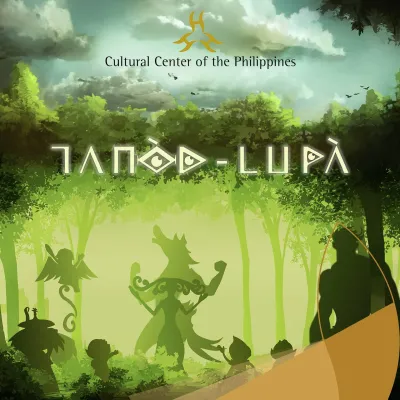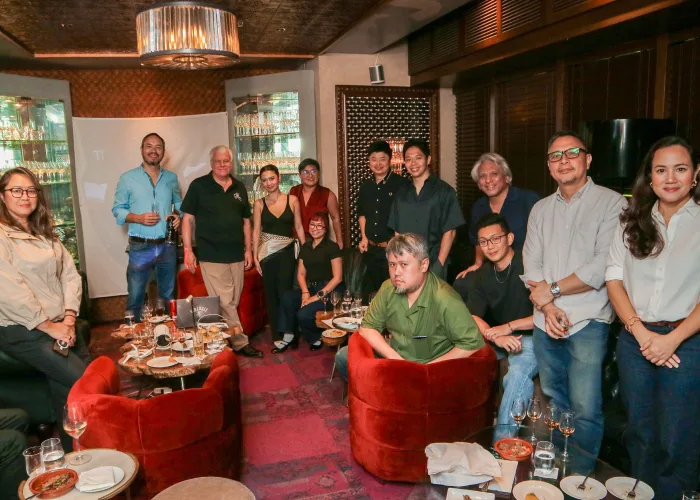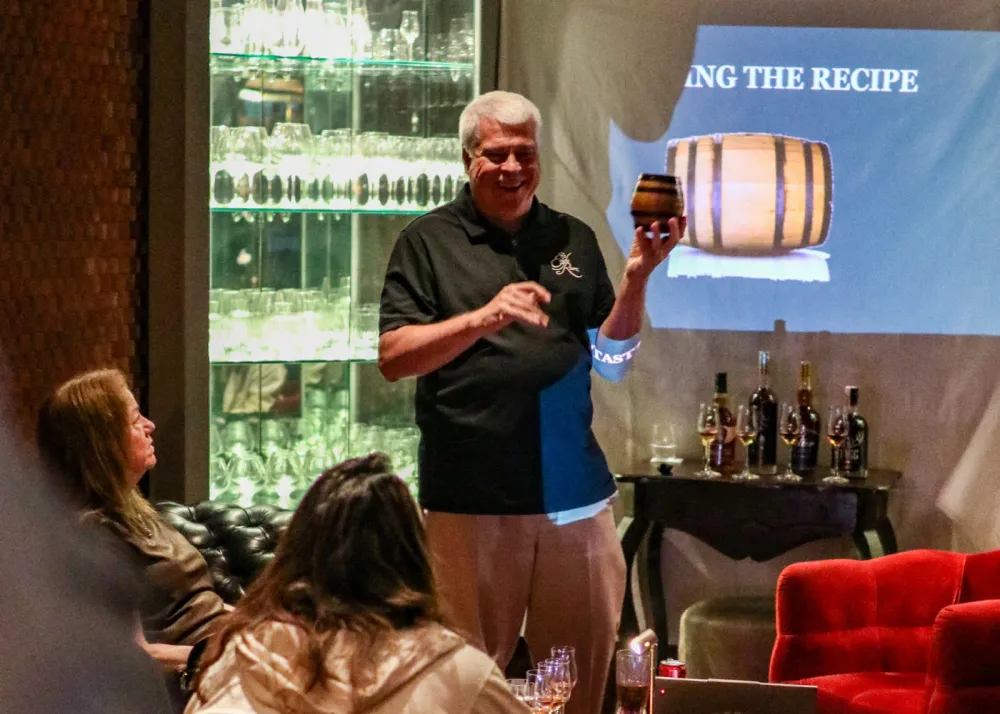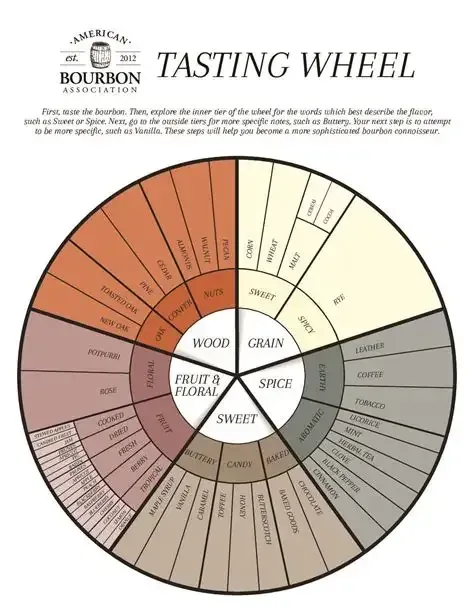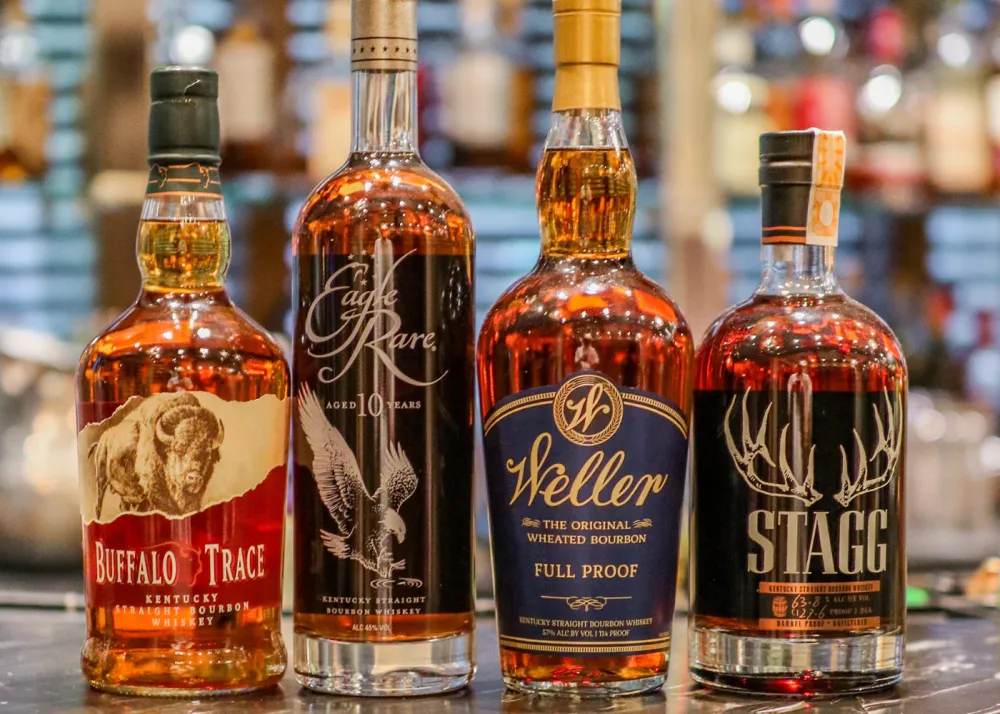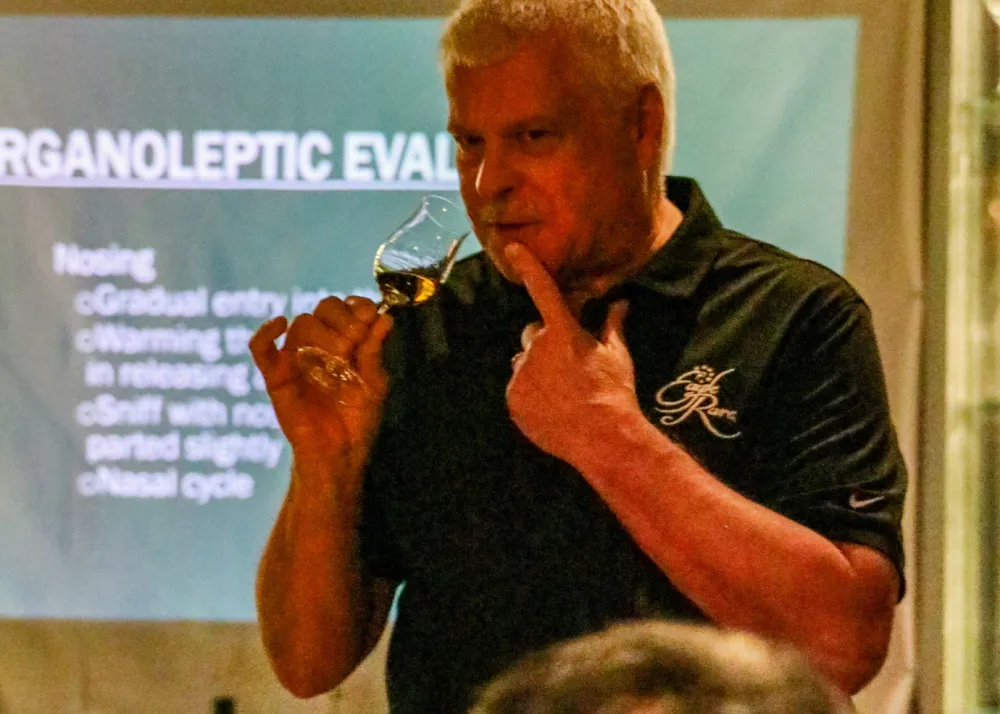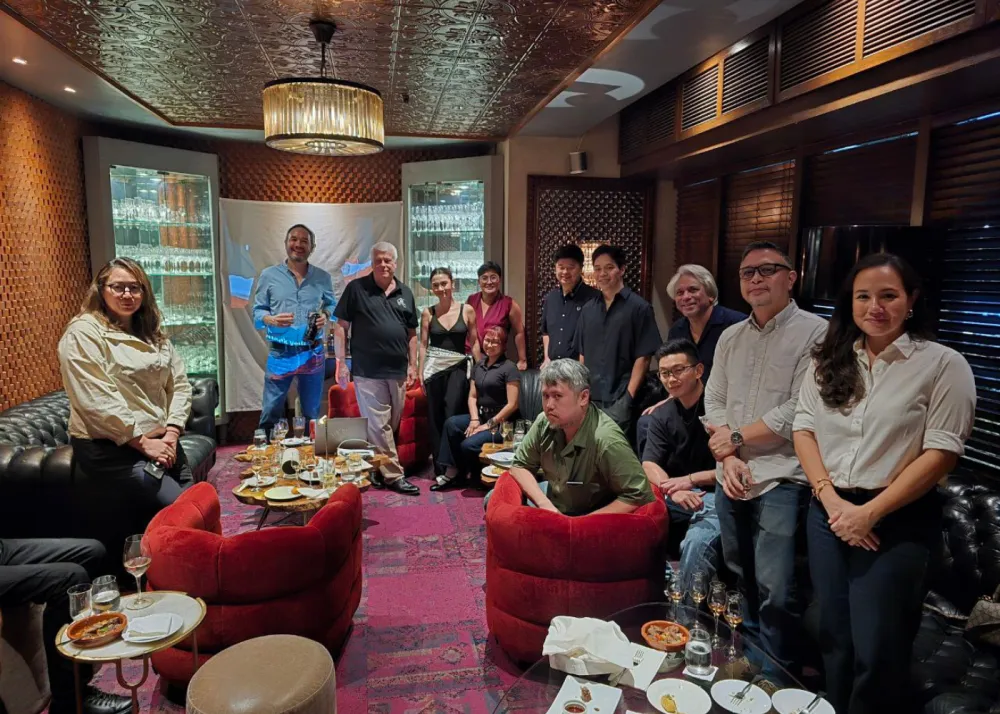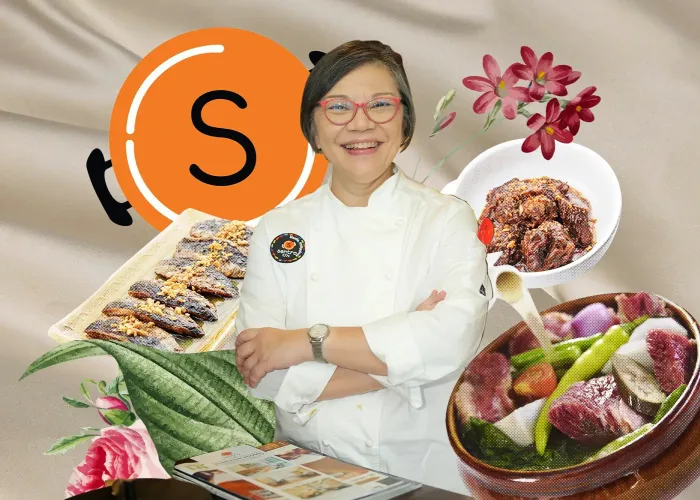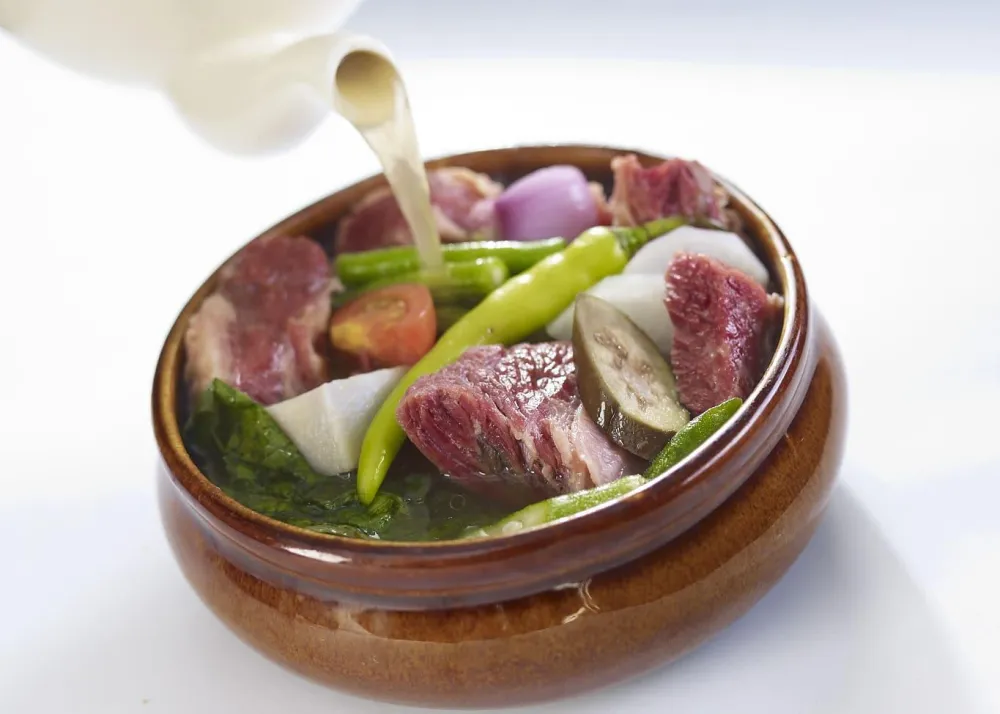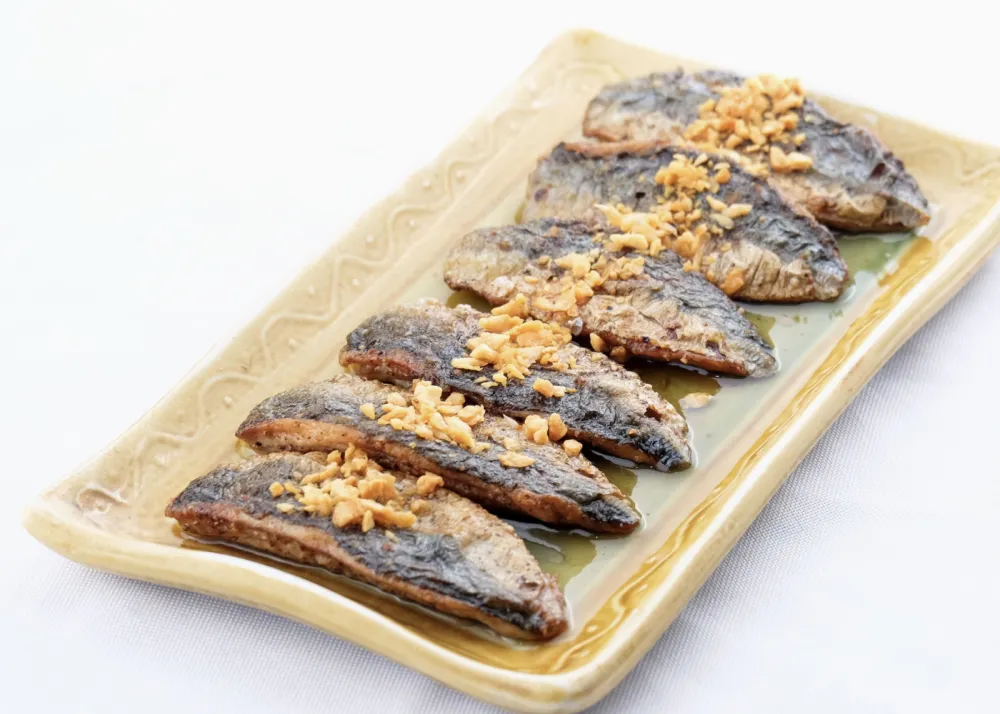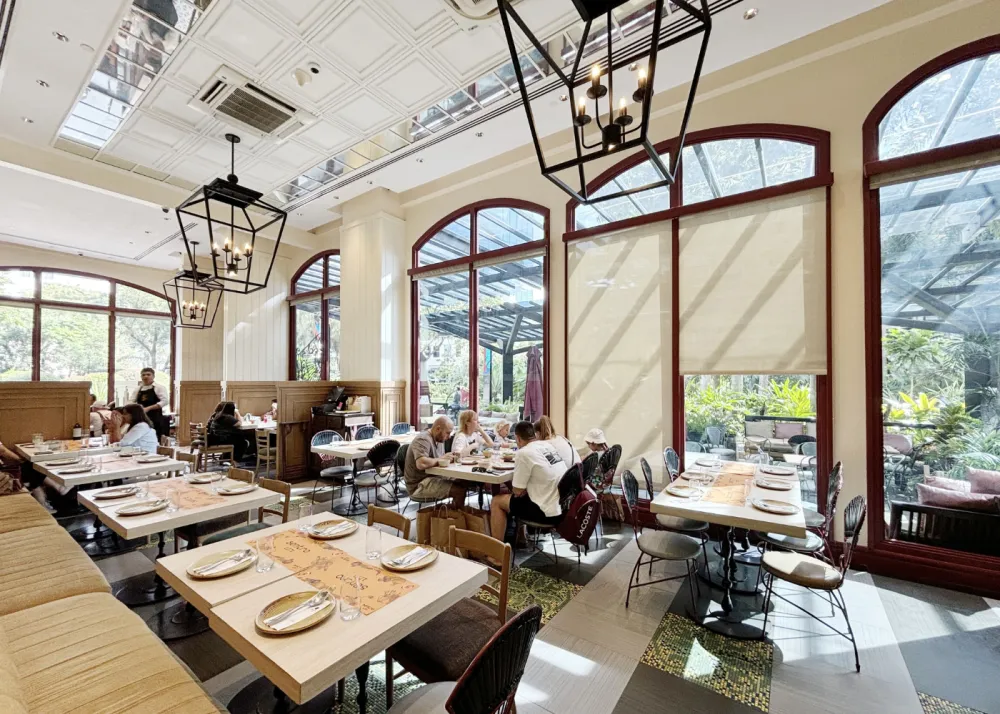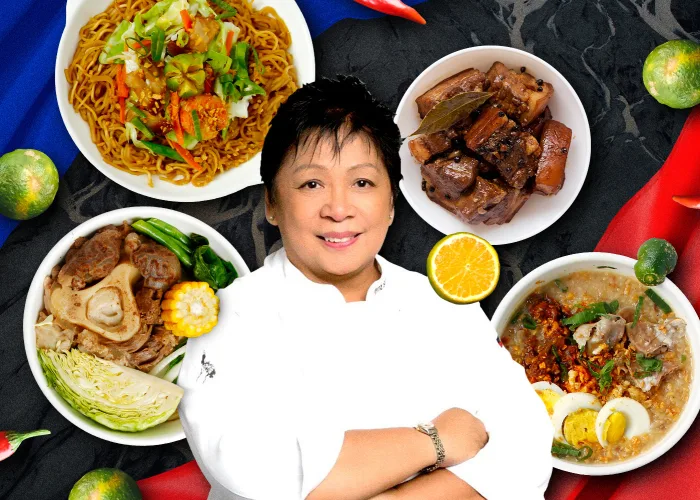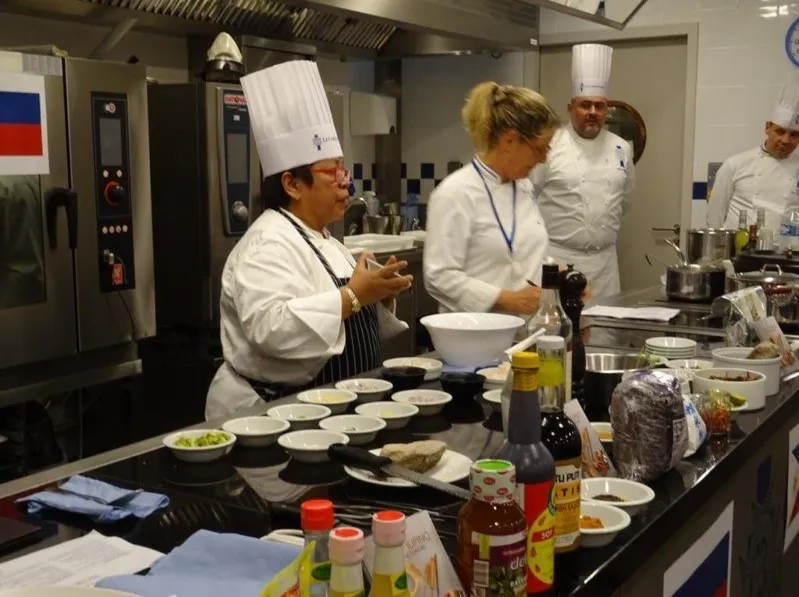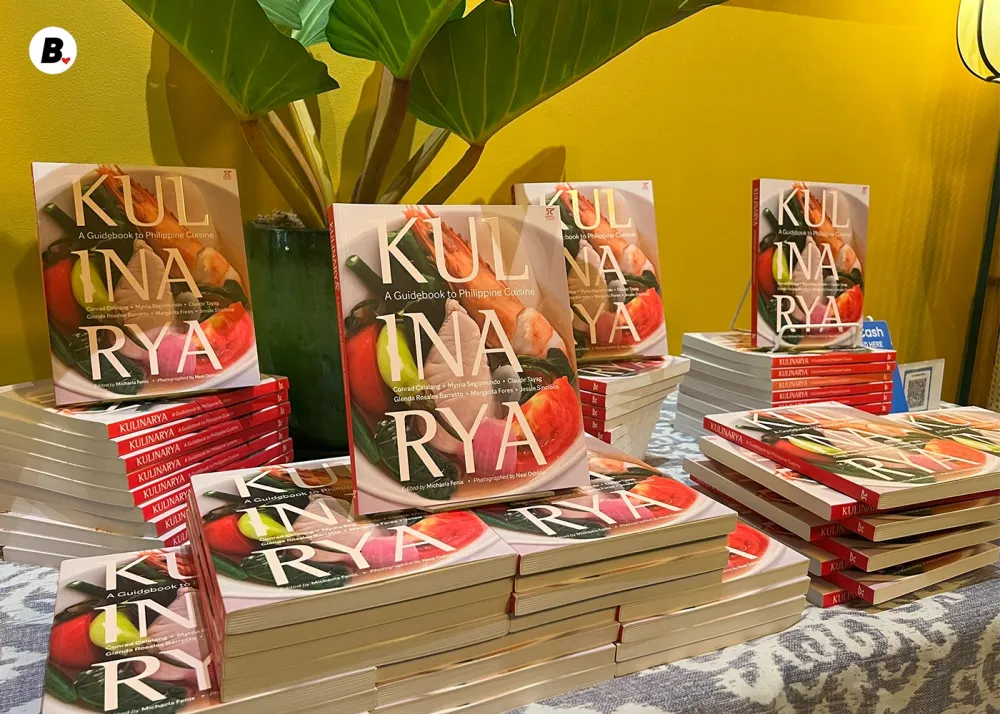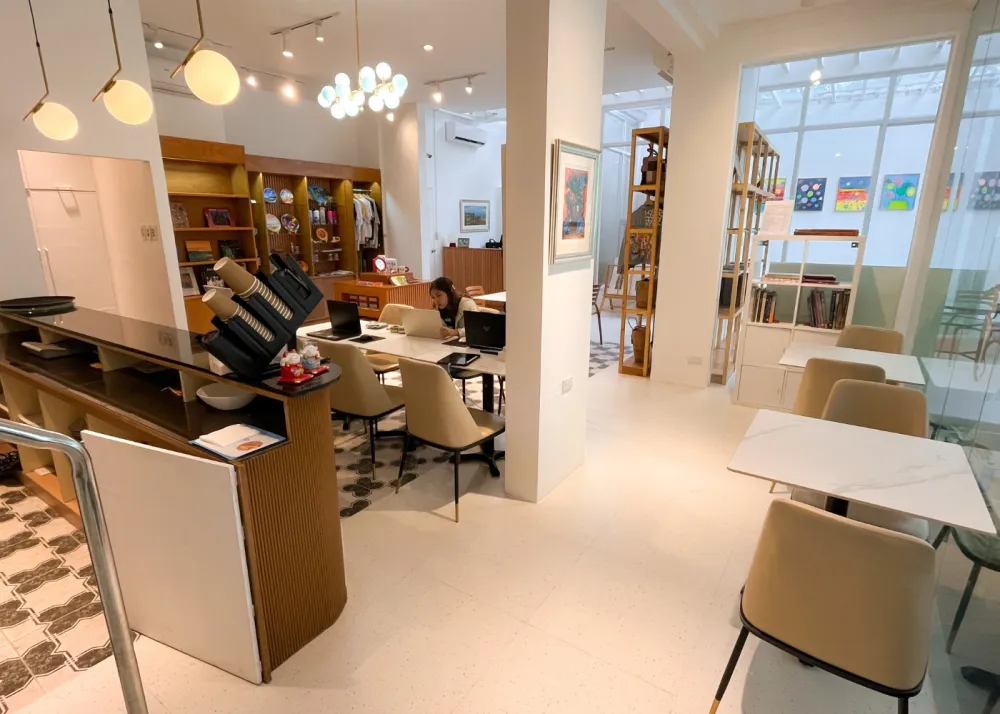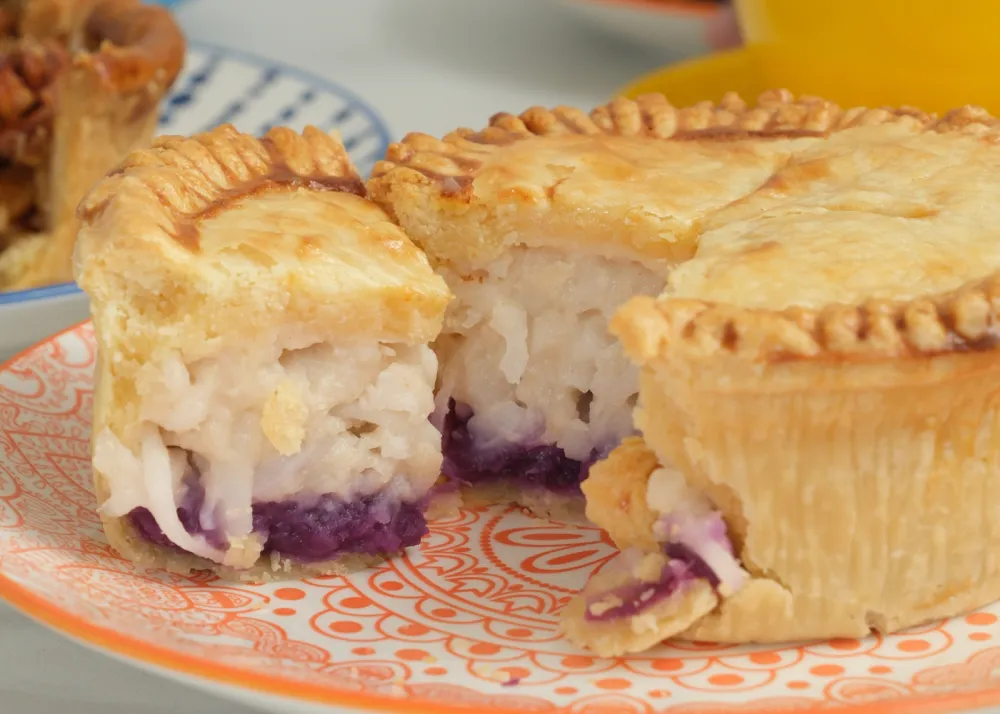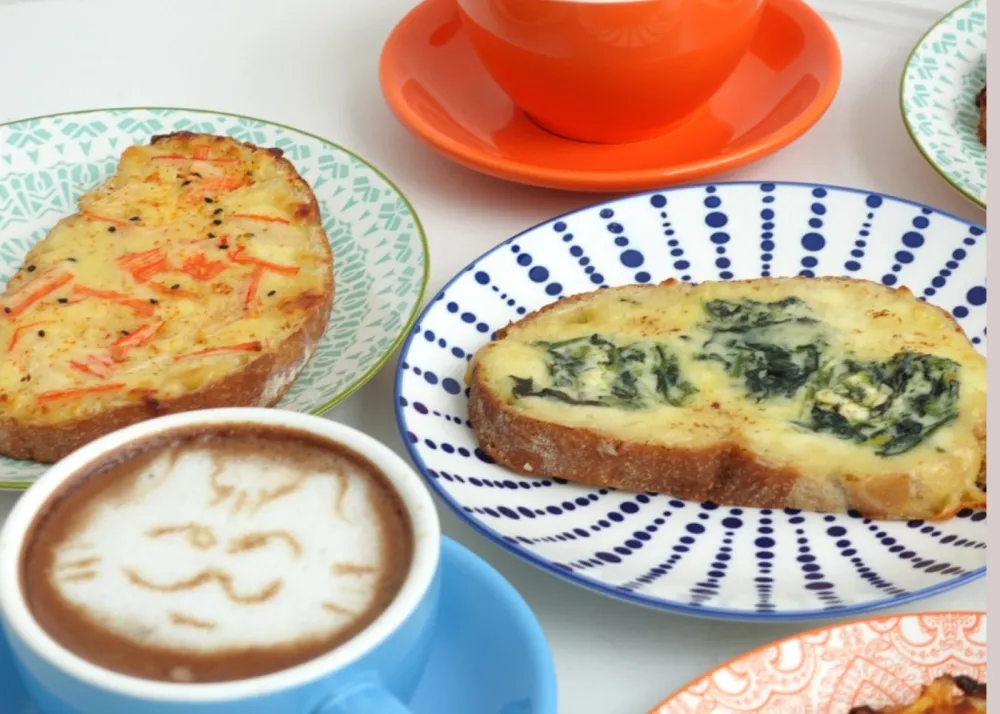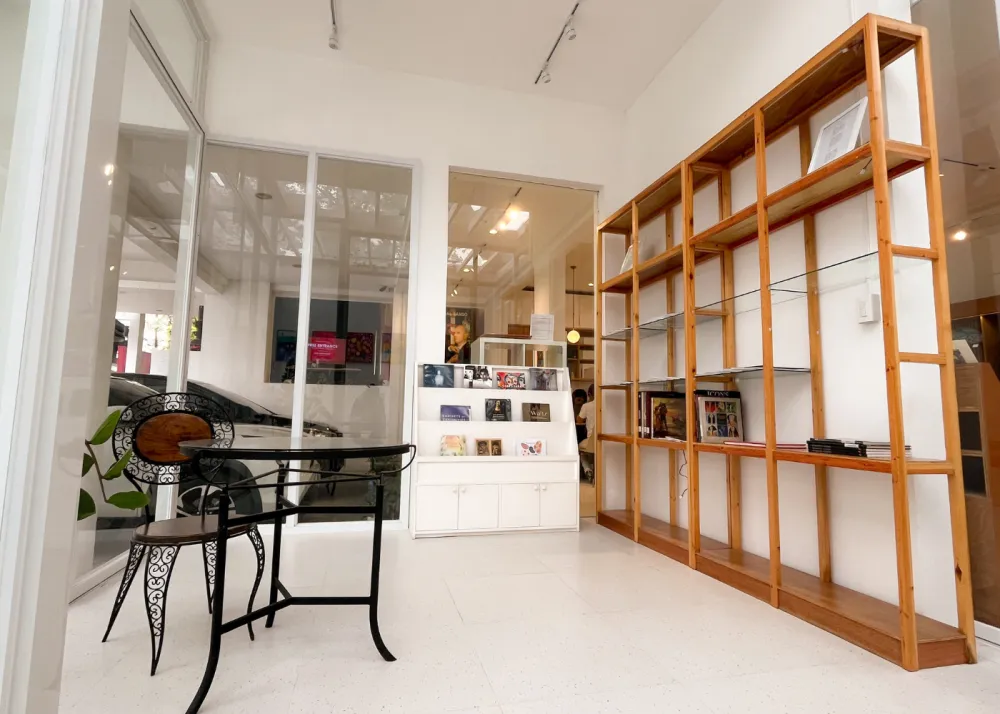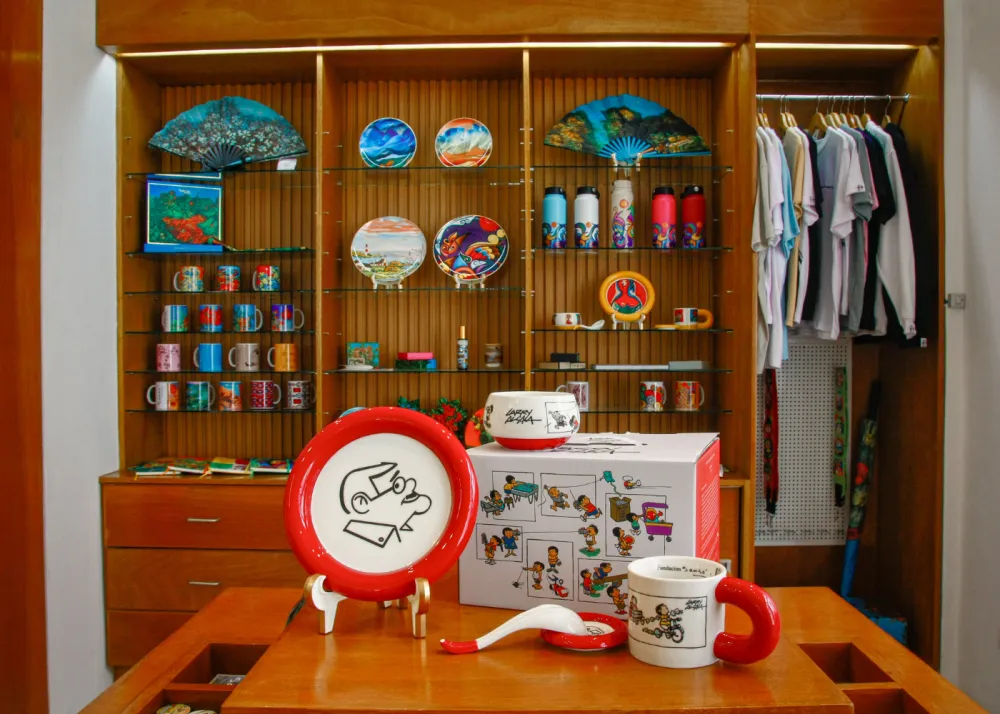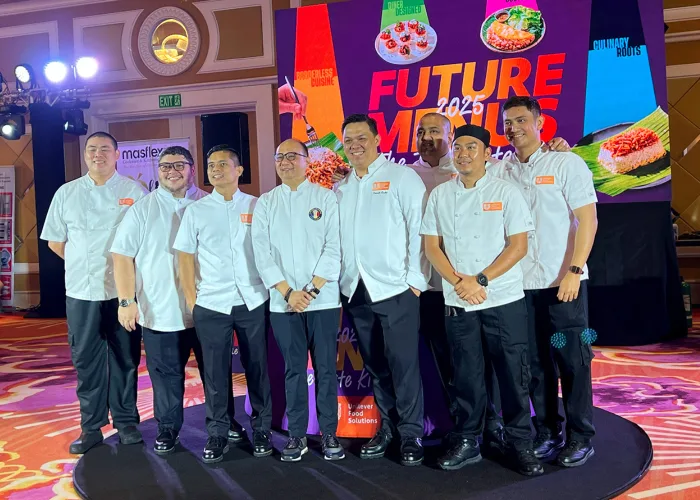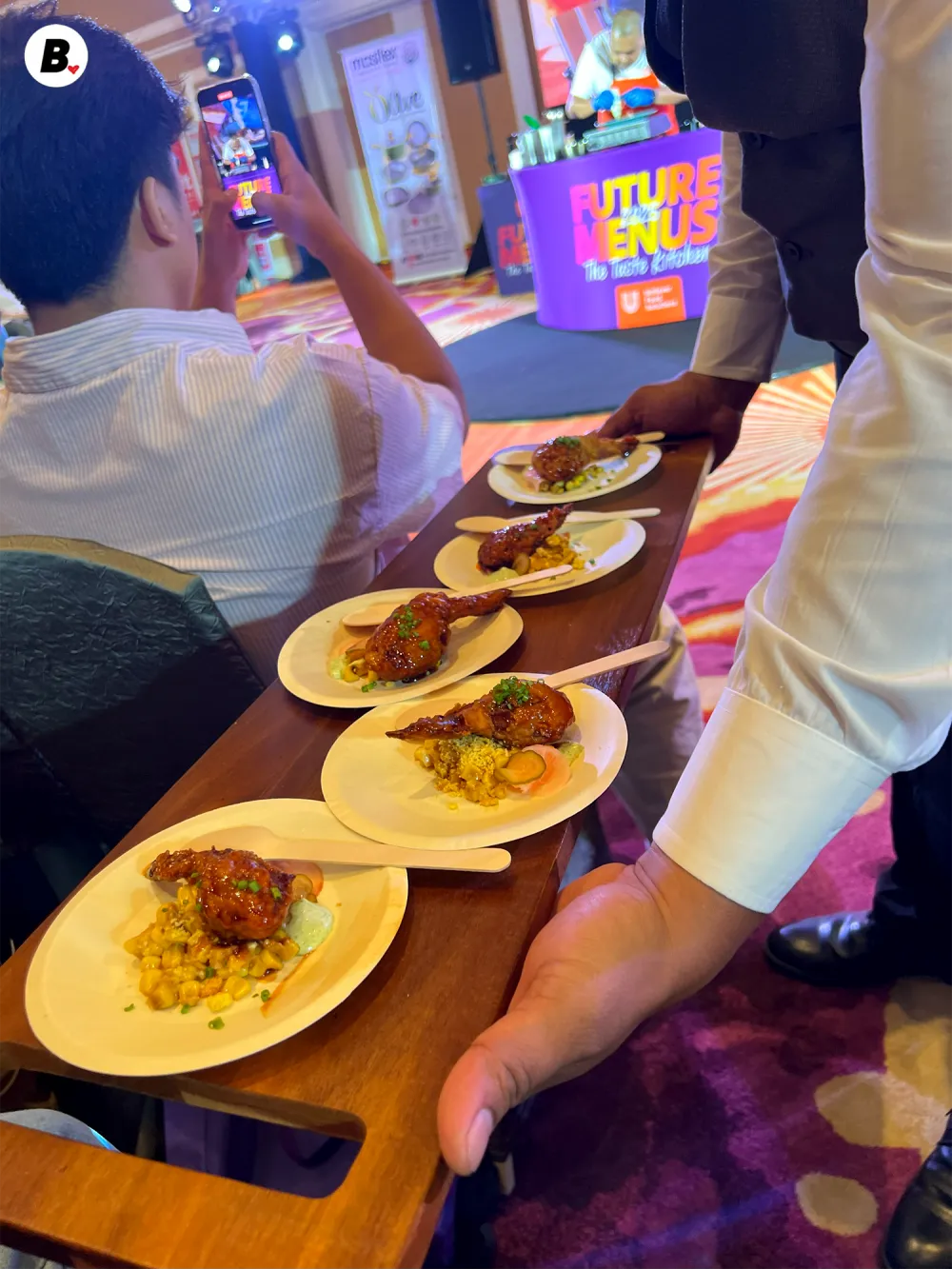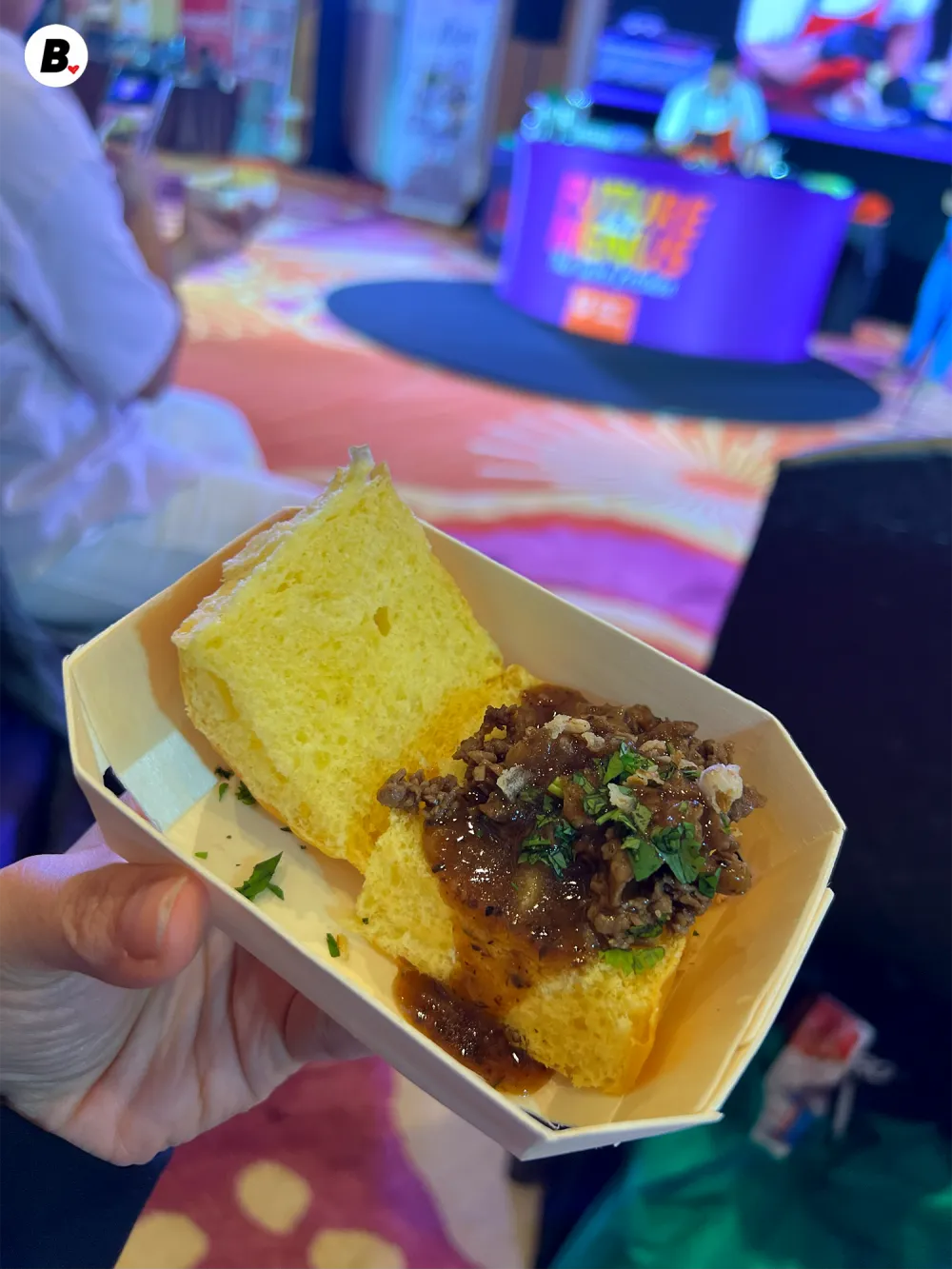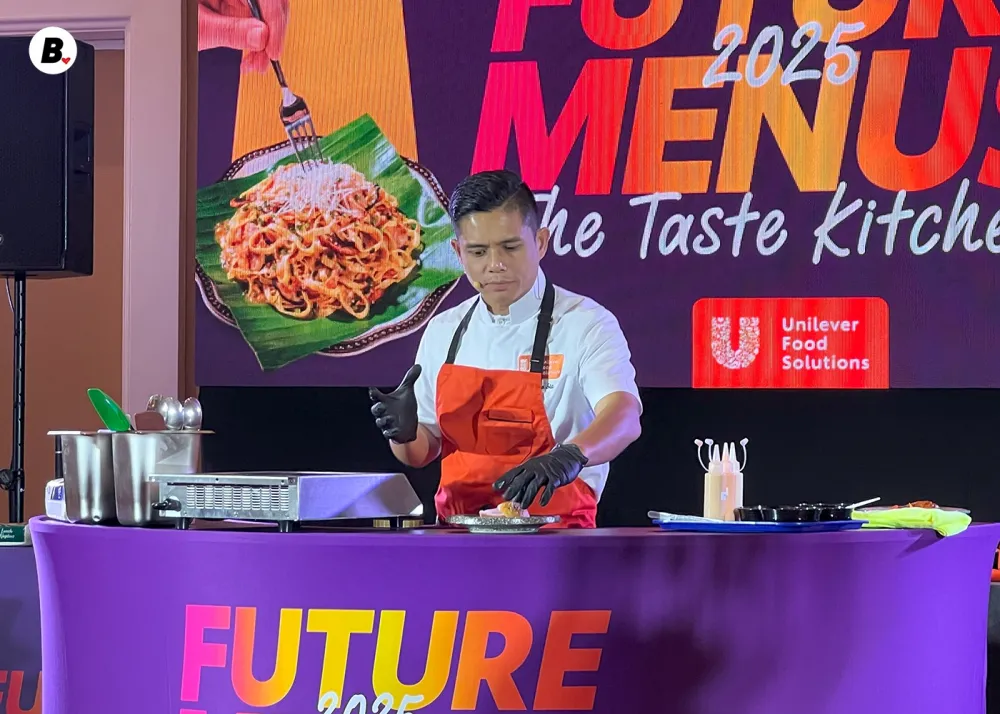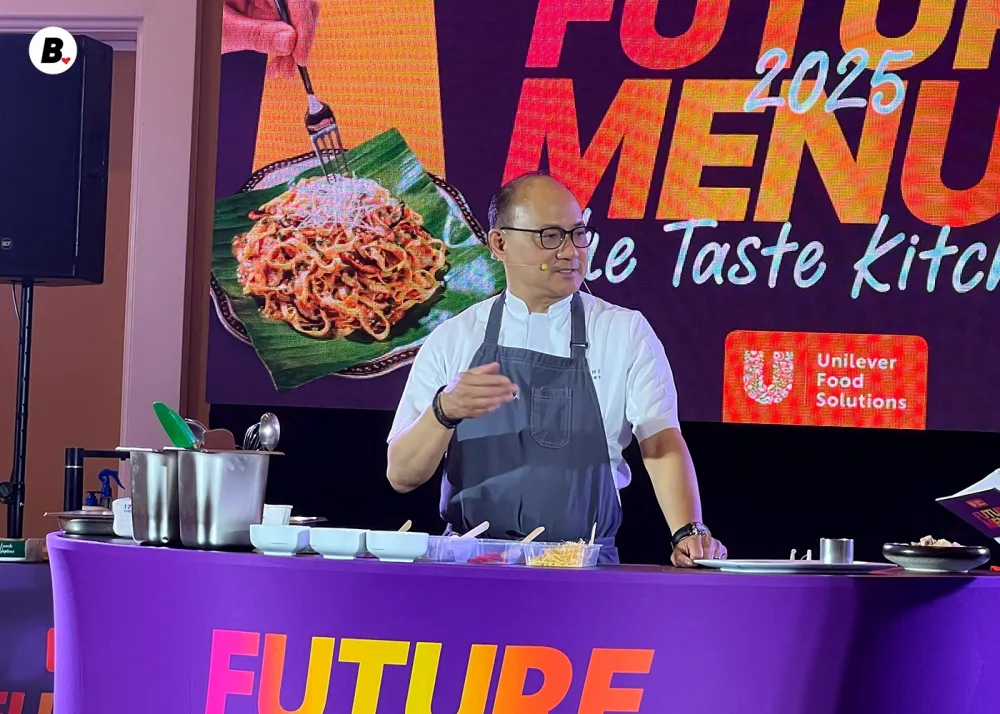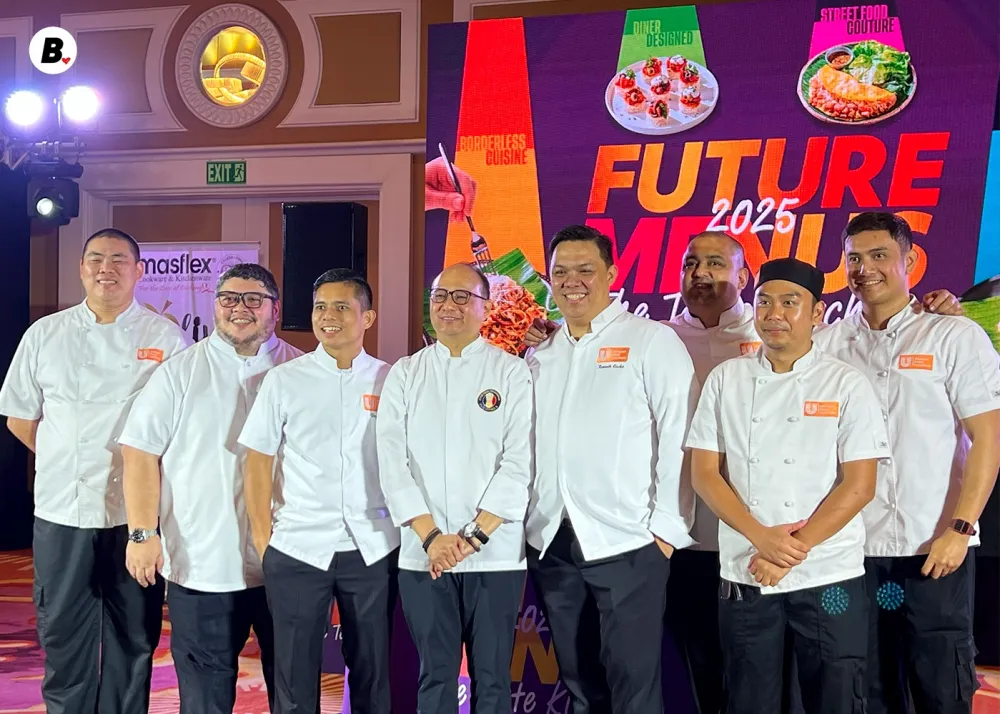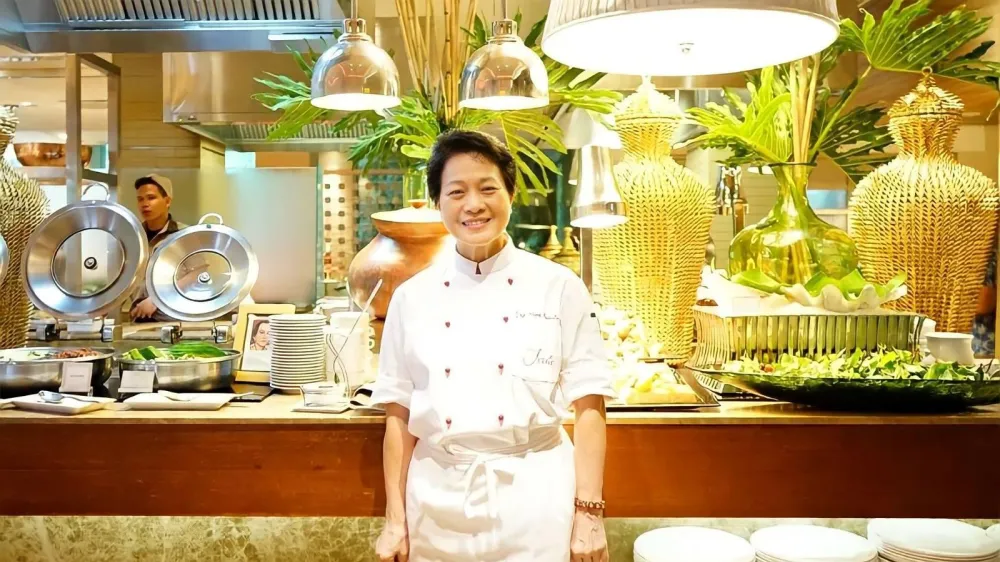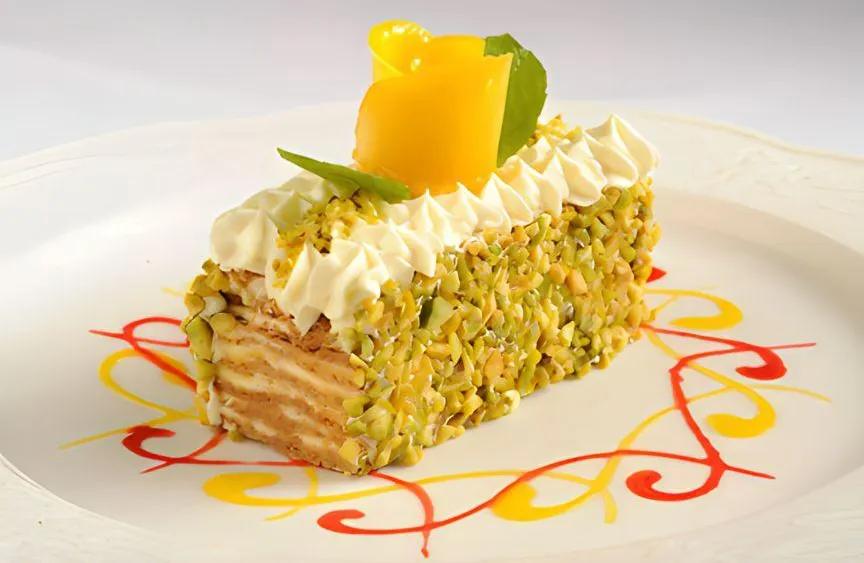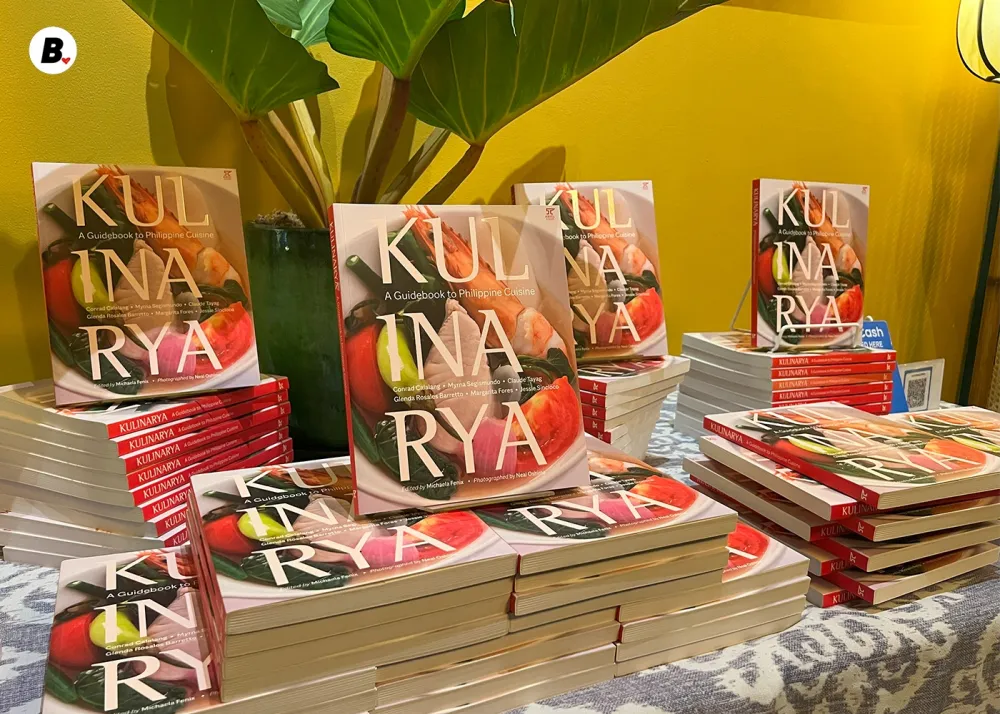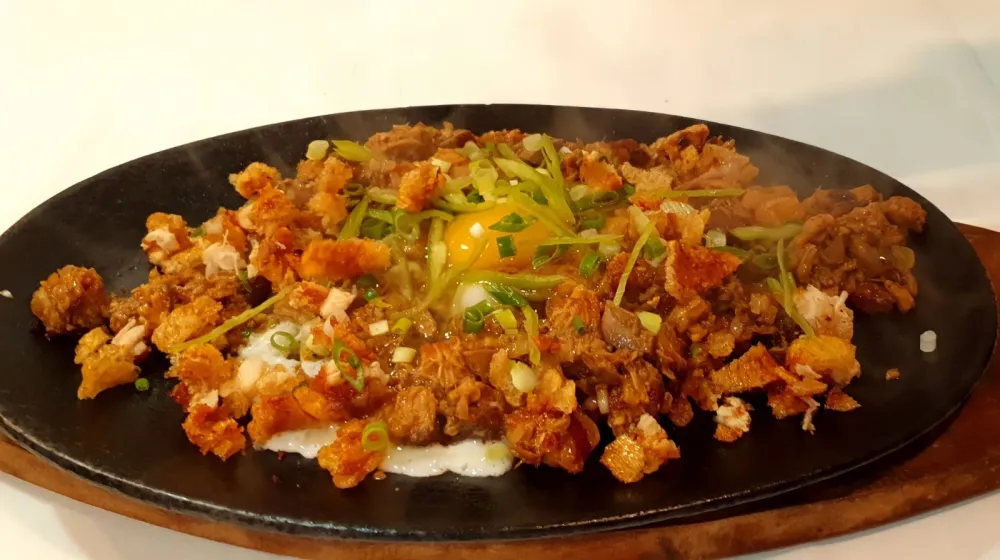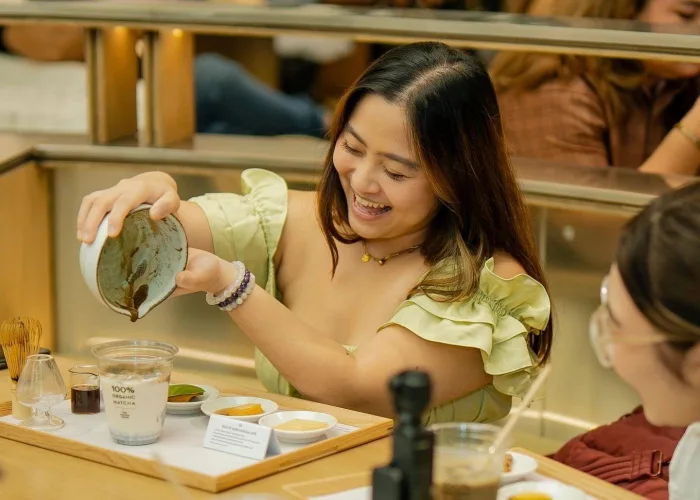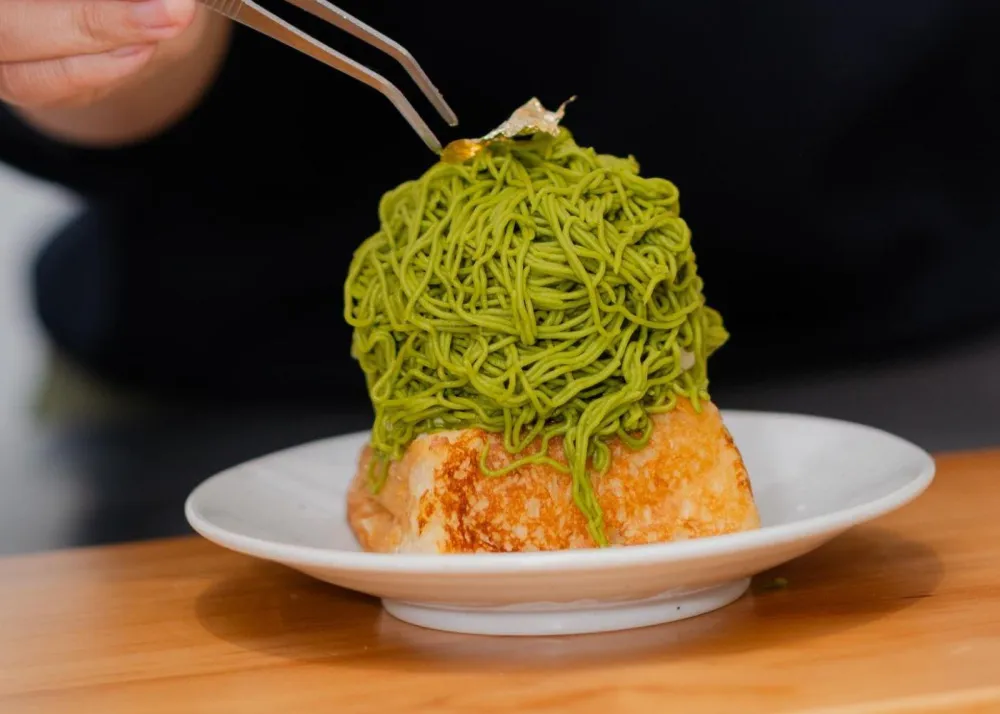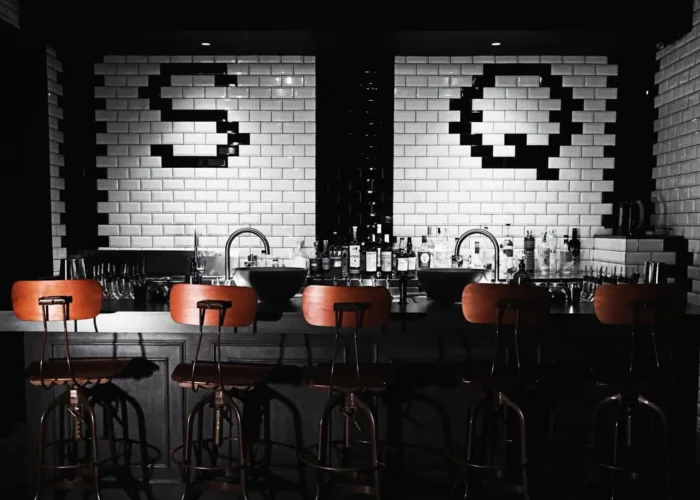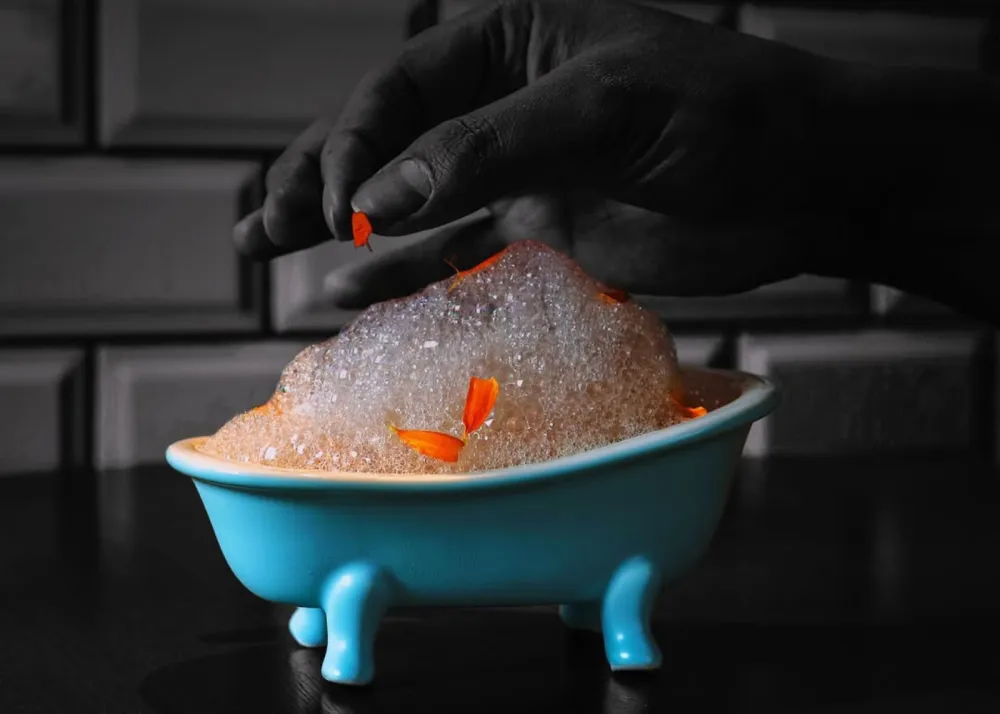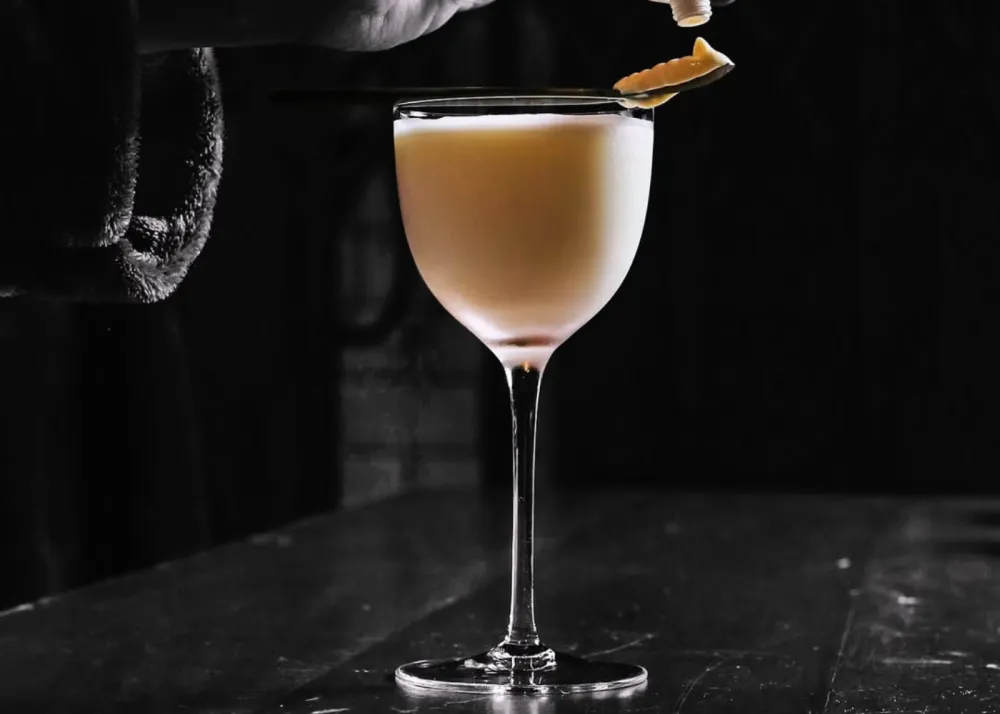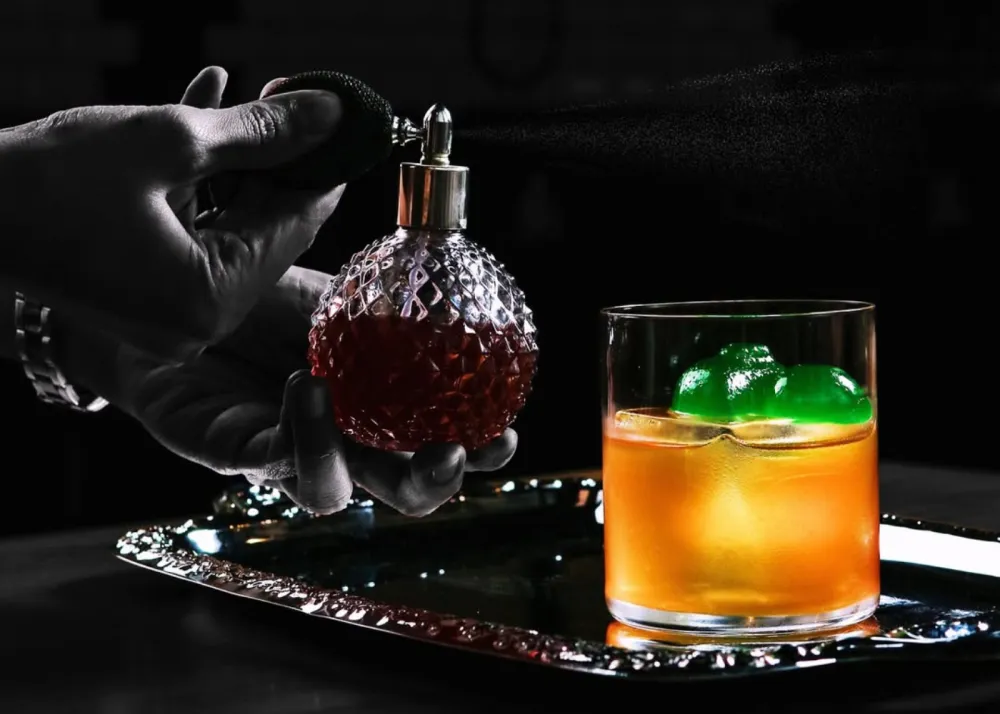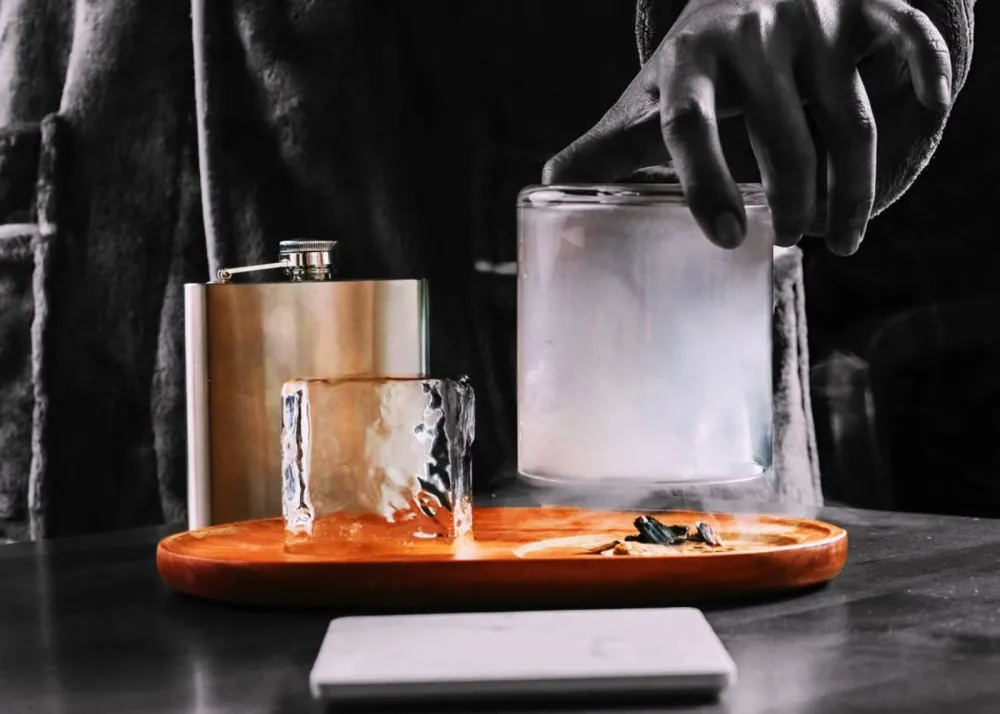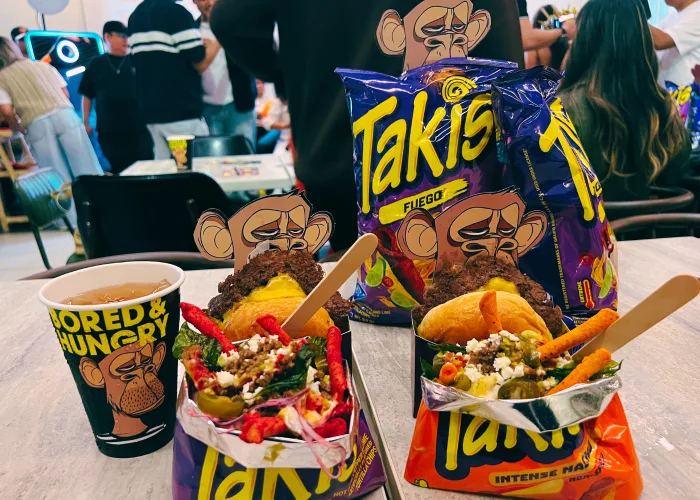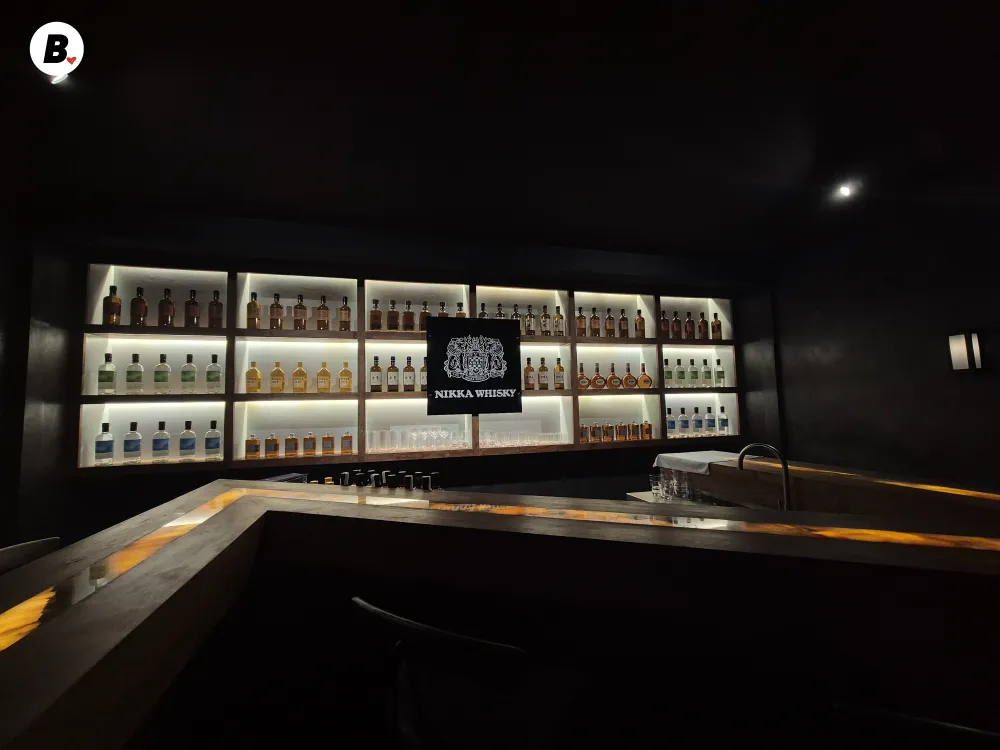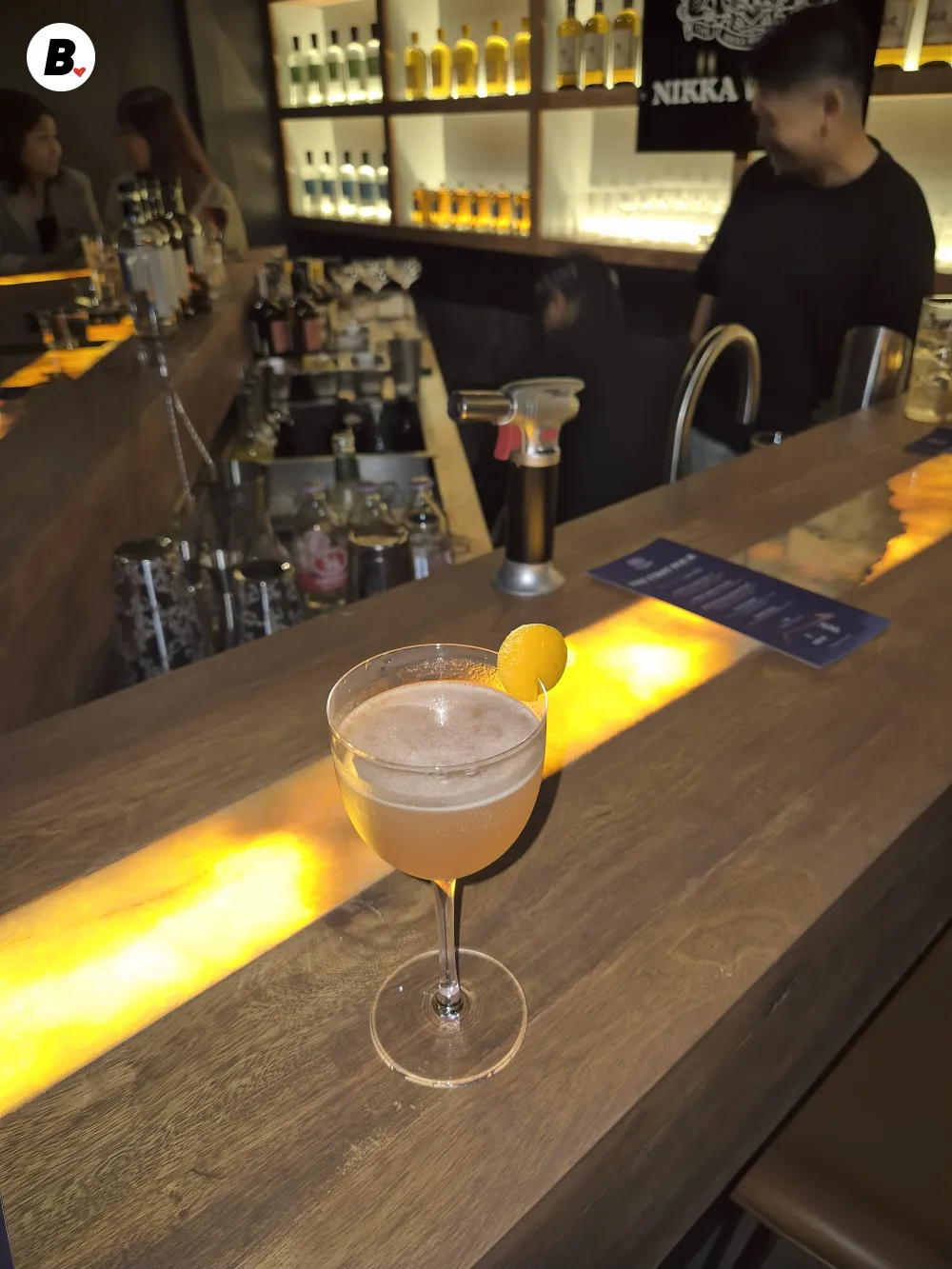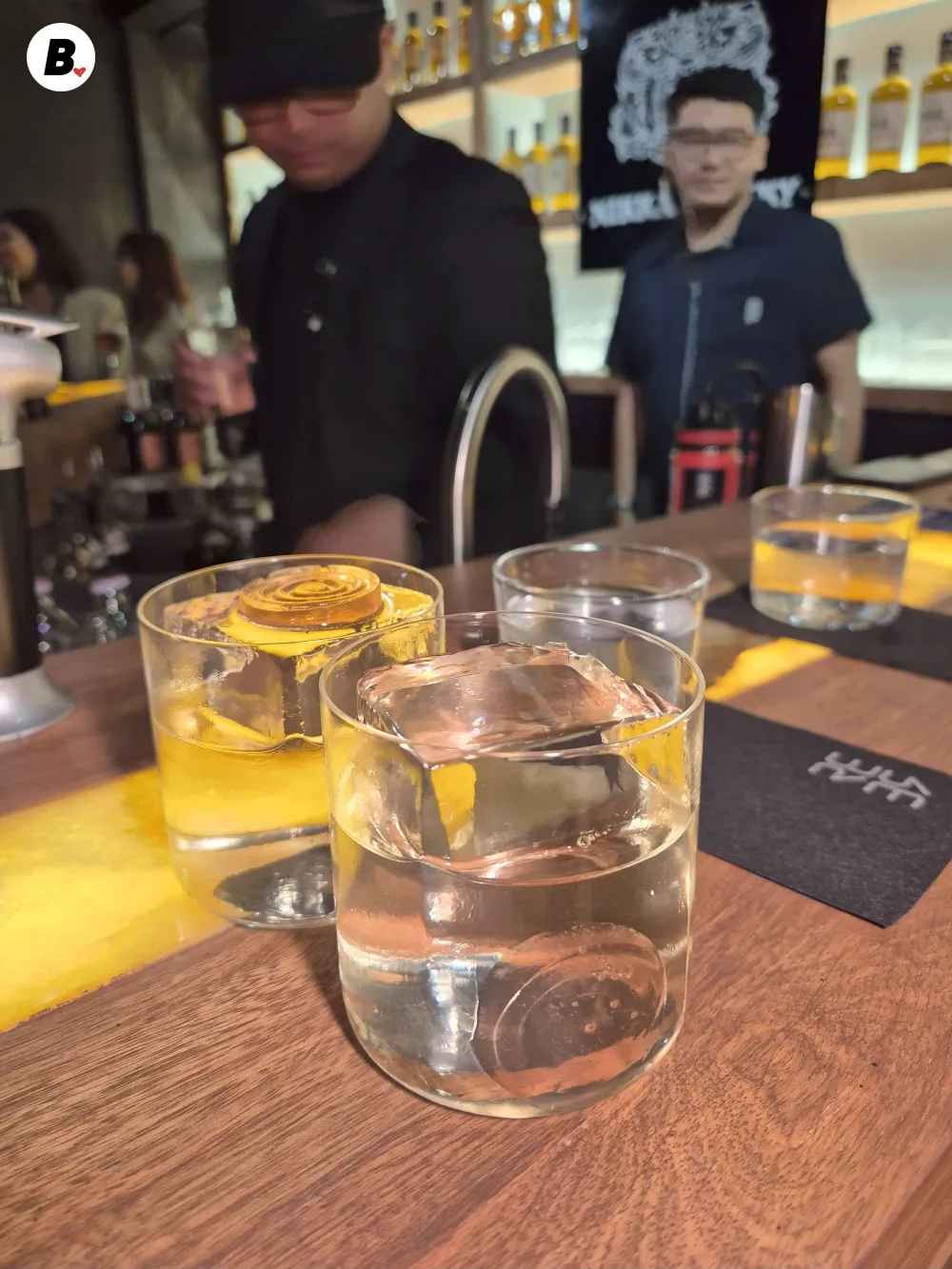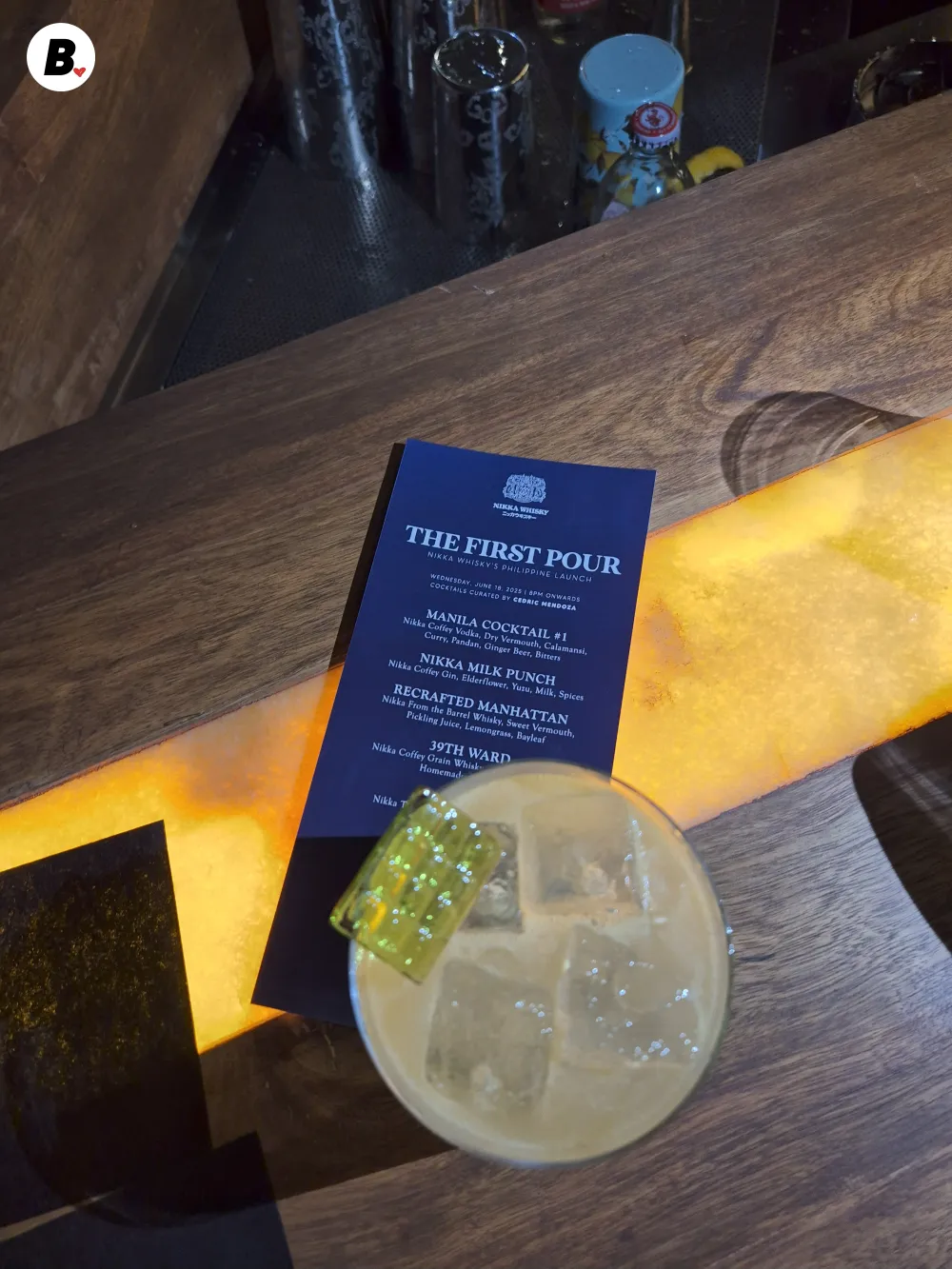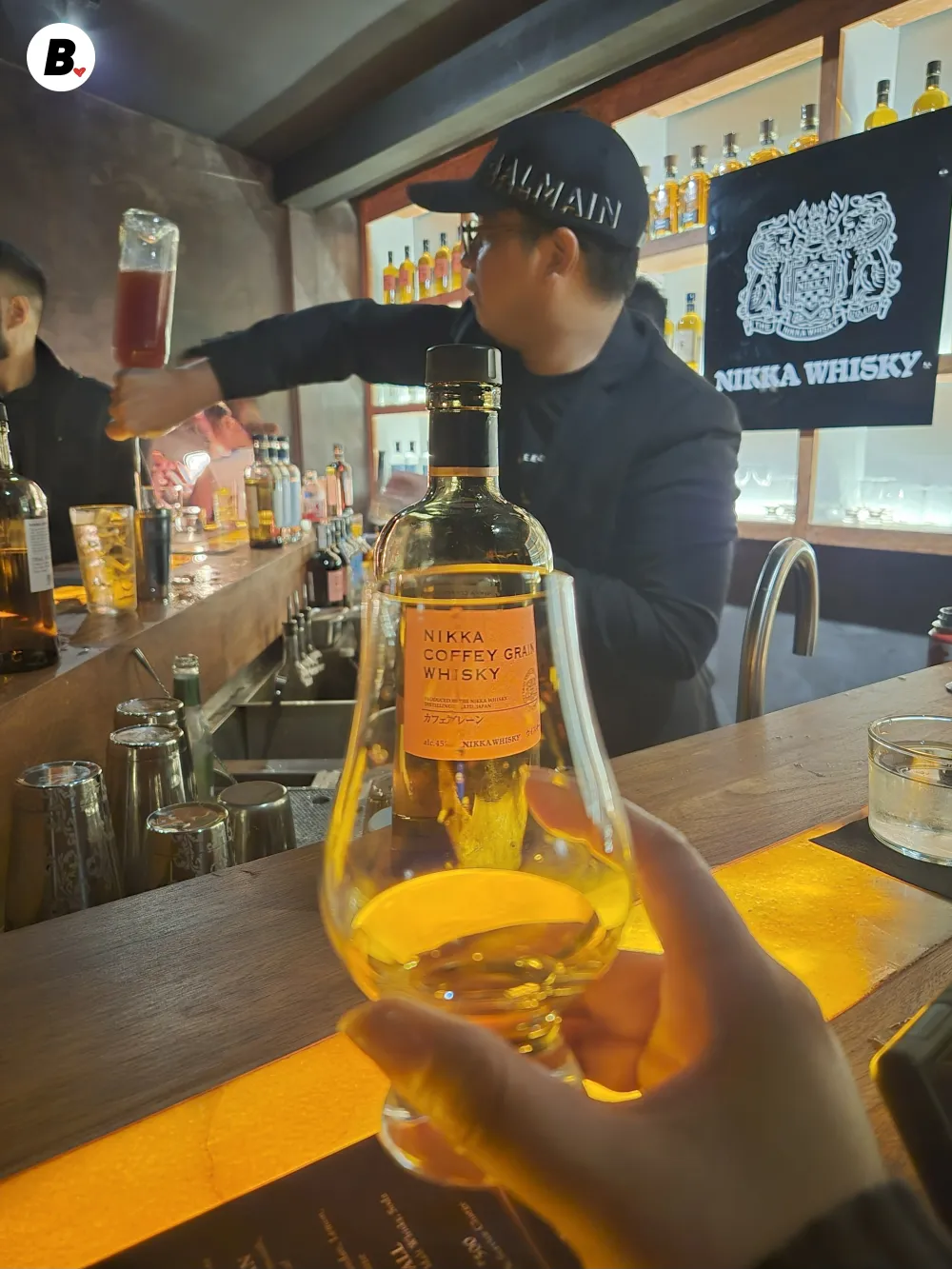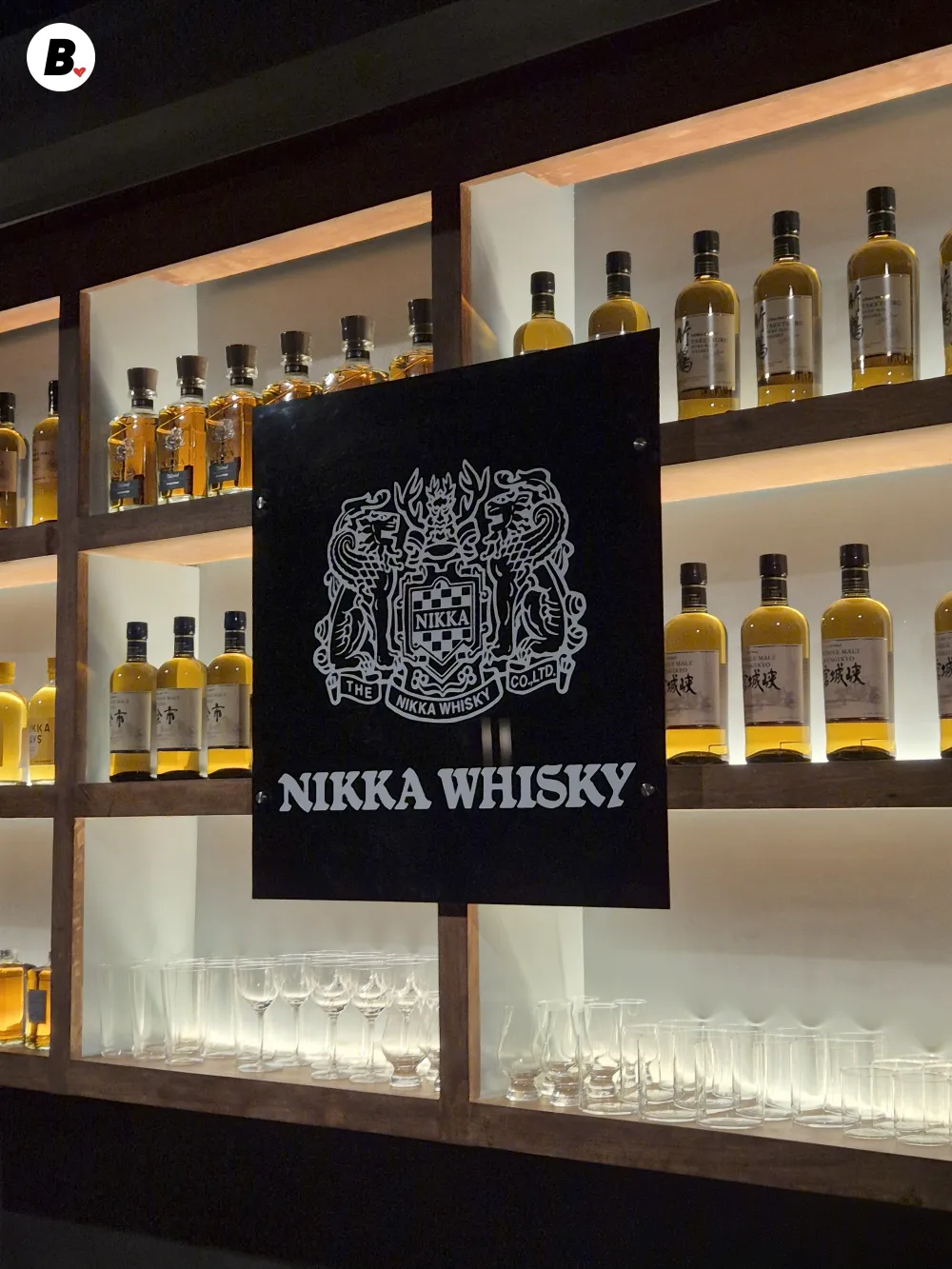Culinary Hall of Fame: Sentro 1771 Signatures that Still Hit the Spot

“There’s no place like home” was the very line we thought about when Chef Vicky-Rose Pacheco, COO and Executive Chef of Sentro 1771, told us about how the restaurant came to be.
“At that time, we had a French restaurant, Chateau 1771, and I was thinking after eating French food every day, I still want to eat Filipino food,” she shared. “What restaurant can I go to after eating French food? That's when I started doing Filipino food.”

From the surface, Sentro 1771 looks like your typical Filipino restaurant serving up local favorites like Sinigang or Kare-Kare. Sure, they have those too, but if there’s one thing that makes this restaurant stand out is their technique. Sentro 1771 pioneered the concept of playing with favorite local dishes using a variety of Western and Asian influences.
Since it first opened in Greenbelt in 2002, its authentic and innovative Filipino dishes have become a favorite among locals, balikbayans, and tourists alike. More than two decades later, it continues to delight customers with their Filipino classics with a twist!
The Beat Manila got to attend an intimate gathering at their Capitol Commons branch and witness Chef Vicky cook some of the famed dishes on the menu. After getting a taste of the fare, it’s clear as day that the brand is more than just a place to dine, but a place to come home.
Must-Try Sentro 1771 Signatures
If you haven’t tried dining yet or are curious about these so-called popular dishes with a twist, here are our top picks!
Macau Chorizo Tidbits

This delicious dish was inspired by the Chorizo sausages from Dayrits, which Chef Vicky expressed was a favorite of hers while growing up. She had wanted to incorporate it into the menu without having it as a simple fried sausage dish. The result? A variation of the classic spring rolls made with cheese, singkamas (a.k.a. jicama or Mexican turnip), and chopped Chorizo. It’s served with white vinegar infused with shallots which is perfect as it adds that extra flavor and cuts down on fat.
The sausage used isn’t from Dayrits and comes from their own meat supplier, whom Chef revealed was a friend from high school. She assured us that it tastes just as great, having told them to mimic Dayrits’ signature taste. After having a bite of this sweet and salty roll, we definitely agree!
The Macau Chorizo Tidbits (P443) is one of their many fantastic appetizers, including the Fried Vegetable Spring Rolls, Fried Kesong Puti, and the Fresh Smoked Fish Spring Rolls — a variation of Thai spring rolls.
Rated GG

A fun tidbit about this dish is that Sentro 1771 is the first restaurant to incorporate galunggong fish (round scad) as part of the menu. Chef Vicky told us that the idea for it came when she and her sister were talking about how delicious fried galunggong was. She started thinking about how she could include something “difficult to eat” into the menu considering it has many bones, which isn’t ideal for restaurant dining.
But then it hit her.
“I was reading this Gourmet magazine, and I saw a feature about grilled sardines drizzled with olive oil,” she said. “And I was like, mukang galunggong pero nasa Europe. Pano kaya gagawing Pinoy (It’s like a European version of galunggong. How can I make it Filipino)?”
For this dish, they infuse olive oil with garlic, which is browned beforehand. They also filleted the fish, removed all the bones, and seasoned it with salt and pepper before frying it in the garlic olive oil. Finally, she topped it off with crunchy brown garlic.
“It’s Filipino but with a technique that’s not Filipino,” the chef explained, which perfectly encapsulates what Rated GG (P416) is all about.
Corned Beef Sinigang

The famed dish that catapulted Sentro 1771 to fame is their Corned Beef Sinigang (P780) which Chef Vicky called an “accidental dish” having been making corned beef and cabbage using beef brisket, which is a typical Irish dish served on St. Patrick’s Day. This was also a staple dish in Chateau 1771.
“After seeing one big pot of where the beef was tenderized, I tasted it and sobrang alat. So naisip ko, lagyan ko kaya ng pang-paasim (It was so salty, so I thought, why don’t I add a souring agent)?”
The chef added tamarind into the broth and had an epiphany. “Parang sinigang!” she exclaimed, referring to the classic Filipino soup dish. Instead of brisket, she used a combination of meats, such as beef belly and shanks, to make a flavorful broth. They cured the meat for four days and then boiled it until tender. This soupy dish instantly became their signature offering. We can truly see why, considering it’s a hearty dish that hits the right spot whenever you’re craving a home-cooked meal.
“Like in anything, sometimes you think hard and sometimes you don’t think hard. Sometimes you [also] experiment a lot. Every dish has a story, like if I taste something after traveling and I try to interpret it or sometimes, it’s by accident. That’s what happened to the [Corned Beef Sinigang],” said Chef Vicky as she explained her ideation process.
Blissful Bangus Belly

This blissfully tasty dish, Blissful Bangus Belly (P730), is sweet, salty, and everything in between, making it a burst of flavor on your tongue. Being a country surrounded by bodies of water, fish is a staple dish in Philippine cuisine. Bangus (Milkfish) is a local favorite and is enjoyed fried or boiled in soup broths like sinigang.
Sentro 1771 offers a twist on a classic pan-friend bangus belly with their special marinade made up of oyster sauce, vinegar, and soy sauce. The sauce coats the fish in a sticky, sweet, and salty substance almost like a Teriyaki sauce. It’s topped off with fried garlic and served with a side of linasing na manga which is sliced green mangoes pickled in beer, which provides the perfect contrast to the main dish.
“It’s the tartness of the vinegar, the sweetness of the oyster sauce, and the saltiness of the soy sauce all coming together. It’s not Chinese food; it's not [just] Asian food; it tastes like Filipino food. It’s Sentro,” the chef put simply.
Sentro Cheesecake

Cheesecake but make it Filipino! This signature dessert is sure to tickle your taste buds with its unique sweet and salty fusion. This baked delight is incredibly light with no crust topped with Edam cheese and wait for it… salted egg! This ingredient truly adds that Pinoy kick, and mimics the Filipino festive rice cake, Bibingka.
The Sentro Cheesecake (P250 per slice) is for the foodies who love their desserts not too sweet but is still one heck of a treat!

This is just the tip of the delicious iceberg that is Sentro 1771's menu, which you can view on their website!
Sentro 1771 has three branches around Metro Manila: Greenbelt 5, One Bonifacio High Street Mall in BGC, and Capitol Commons — which doubles as an event venue where you can celebrate with your loved ones. Make your reservation here.
Get the latest curated content with The Beat Asia's newsletters. Sign up now for a weekly dose of the best stories, events, and deals delivered straight to your inbox. Don't miss out! Click here to subscribe.




